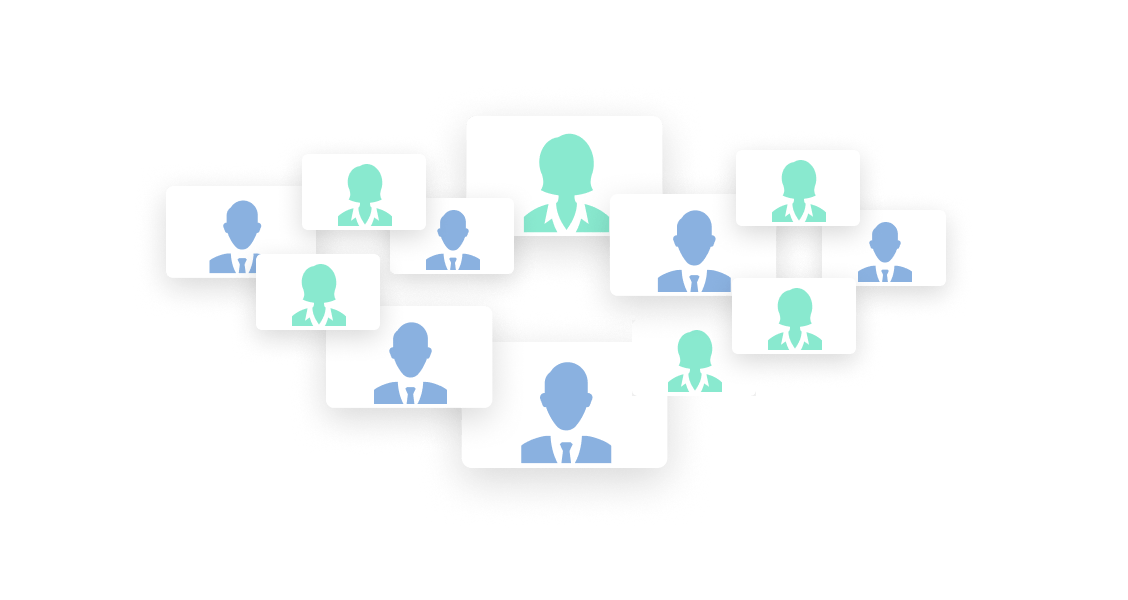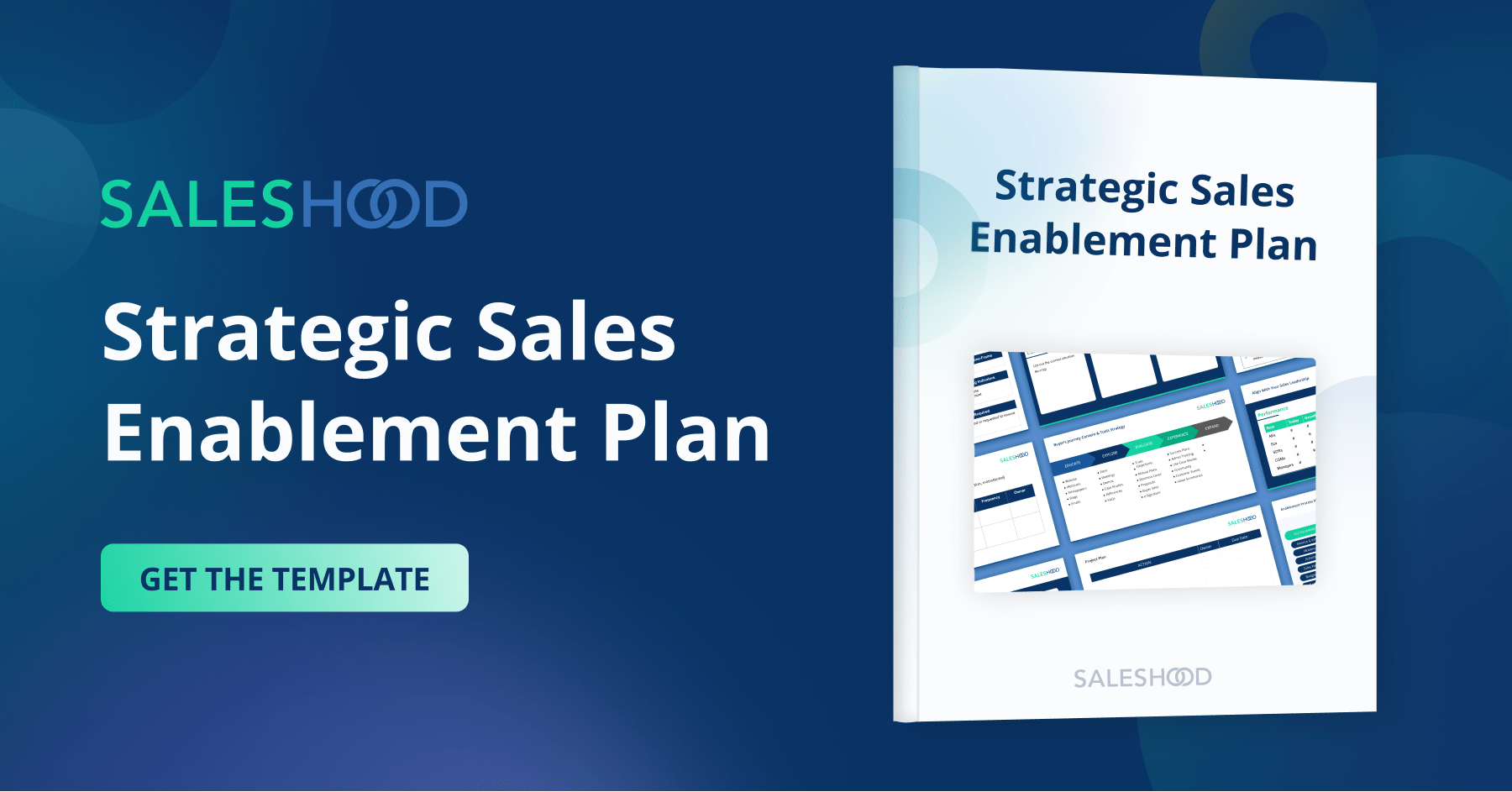It’s Our New Reality
The way we learn, coach and sell is forever changed with the introduction of the Coronavirus COVID-19 and working from home (WFH) teams. What follows for all of us is the evolution of sales enablement, sales training and team collaboration. We all have to rethink sales training with live-virtual and WFH teams learning by adapting to new forms of collaboration, communication, coaching and celebration. Use this blog to help get your teams thinking differently and creatively about sales training and enabling your employees, partners and customers.
We’re living in a world where travel, group meetings and conferences are frowned upon and potentially dangerous. The World Health Organization and many city and government officials are urging all public meetings, conferences and gatherings to not take place. Many employers like Google, Facebook and Salesforce are urging their employees to work from home during the month of March.
We have to assume we’re living in a world where we won’t be face-to-face for training and conferences for a while. What does this mean? We need to be creative about ways to communicate and align our teams. We need to be smart about how we train and enable our teams. In a world with the rising COVID-19 fears, uncertainties and lock-downs, it’s time to rethink our sales enablement and sales training assumptions.
Video Conferencing Doesn’t Equal Sales Training
Don’t get fooled into thinking that running a webinar via a video conferencing will suffice as real sales enablement and sales training. Video conferencing is similar to in-person training workshops except people can really multi-task because they aren’t in the same room and they can mute calls. A video conference will suffer from the same knowledge retention issues we face in workshops. We need to thoughtfully execute pre-work, teamwork, practice, role-playing, knowledge sharing and assessments around the video conferences.
Here’s an example to better understand how to think about and execute a sales training program with the right amount of pre-work, teamwork, sales coaching and assessment before, during and after a live-virtual video broadcast. Imagine you have a new corporate pitch messaging sales training being rolled out to your teams. You want to make sure everyone is being trained and practicing. You want your teams to be conversationally competent. It’s not enough to walk everyone through your new pitch or presentation on a live-broadcast.
- Have your teams watch the video of the pitch before the live-broadcast. You can also have them read the talk-track too.
- Track their video watching consumption and completion of doing any pre-work like a knowledge check or video practice assignment.
- Collect questions about the pitch before your live broadcast to gage what your teams are thinking.
- You can even have your team record their version of the pitch before the live broadcast too. It’s good best practice. (We all know practice, practice, practice is a what gets our teams performing better. Avoid having your teams practice with customers and prospect on live calls.)
- Then, after your live-video broadcast, roll out an official pitch certification and a knowledge check. Certify everyone starting with leaders and managers.
- Have your teams share live calls for peer and manager review. It’s good get real-time feedback on how the new pitch is working on live calls,
- It’s important to share win stories and successes and correlate sales performance data to know how your teams are doing.
These activities when consistently executed gets our teams performing better and boosting their win-rates and sales velocity. Sales enablement is hard work and skipping steps will result in sub-optimal sales performance. The next time you lead a video conference on a training topic ask yourself: What are the skills you’re asking people to improve and how are you measuring it? The answer to the question will guide you through the journey to rethink sales training and sales enablement.
WFH Sales Training Expert Tips
Back in 2008 when I was at Salesforce, when the economy hit a downturn, guess what we did under Marc Benioff’s leadership? We invested heavily in growth and sales enablement. Look at how that strategy played out for Salesforce. Here are five tips you can employ with your teams to make your sales training and sales enablement have an even bigger impact on your business.
#1: Always Use Video In Your Communications, Training And Recognition
Leaders should step up and get more comfortable recording video messages to their teams. The messages should be sincere. We can’t hide behind emails. Our teams want and need to hear from us. They need to see our eyes and hear the tone and inflection of our voices. Use videos to communicate company updates. Use video to train people on new products. Use video to celebrate success and share win stories. We also recommend that leaders, managers and individuals turn on videos on conference calls as much as you can. Use videos to anchor your sales training and sales enablement programs. The SalesHood Sales Enablement Platform uses video technology to scale your sales training and go-to-market.
#2: Create An Enablement Calendar (Weekly, Monthly, Quarterly)
Get your sales and marketing teams working together on a monthly calendar or even a weekly calendar. Be clear on the time suggested time to spend learning and coaching. Break down the learning into small bite-sized chunks of learning and coaching. Get specific on what to do and how much time spend doing it. Prioritize and curate content and coaching to review with your teams on video conference calls, in self-paced work and in teamwork.
The purpose of the calendar is to drive more accountability. Set the expectation that sales enablement and sales training always happen. Measure time spend and correlate to outcomes. Show your teams that learning and coaching is part of your culture. Creating an enablement calendar with goals and expected outcomes will help keep everyone aligned. Make every moment a learning and coaching moment, especially for folks who are distributed and not in the office. They need access to information, feedback and stories to be successful. The calendar creates clear expectations and a commitment to knowledge sharing and success.
#3: Enable Front-Line Managers With Sales Coaching Huddles
We’re depending on front-line managers to do more sales coaching and sales training in their weekly team meetings and one-on-ones to boost sales performance. Sales enablement teams should build more templates and playbooks to arm front-line managers with guidance to develop their teams and reinforce go-to-market priorities with relevant and practical sales training. Let’s create “meetings in a box” or sales coaching huddles for our front-line managers to deliver consistent and turn-key sales enablement programs. Here’s a library of Sales Coaching Huddles available for companies and teams to leverage today. Please take advantage of our Sales Coaching Free Trial too.
Here are 5 ideas for new Sales Coaching Huddles to create for your managers.
- Competitive Huddle
- Product Playbook Huddle
- New Sales Play Huddle
- Deal Coaching Huddle
- Call Reviews Huddle
#4: Use Gamification To Get Everyone Certified On Your Messaging
It’s important that you update your messaging and get everyone aligned with your latest messaging. Update your company pitch and story and get your teams practicing. Use a platform like SalesHood to get your teams practicing, reviewing and coaching each other. Don’t let your teams practice your new pitch on live prospect and customer calls. We’ll support you with our free Pitch Trial offer.
#5: Embrace A “Show Me Don’t Tell Me” Sales Training Mindset
Ensure your teams are conversationally competent and using the right words and value statement to represent your brand. We want them winning every deal and having them practice and show you they know what to say is the path. Watch Barry Rhein’s talk to hear from the master on what it means to show me don’t tell me.
“Lecture based sales training doesn’t work. Getting your teams to show you how good they are versus just telling you how good you are is the way to change behaviors. Reading a script and learning slides isn’t enough.”
You can use live call recordings and video to capture “game-tape” of customer calls. You can use tools like SalesHood with speed to text analytics to provide call insights.
The big takeaway for me from Barry Rhein’s video and work is that perfect practice makes perfect outcomes. What are you doing to make sure your teams show you what perfect looks like? With distant learning and live-virtual sales training is now accountable, measurable and social.
Key Takeaways
-
Use video In your communications, training and recognition. Do this top down and bottom up to crowdsource best practices.
-
Create a sales enablement calendar (weekly, monthly, quarterly).
- Enable front-line managers with Sales Coaching Huddles to boost sales performance and sales attainment.
-
Use gamification to get your teams certified on your messaging.
-
Embrace “show me don’t tell me” sales training principles.




